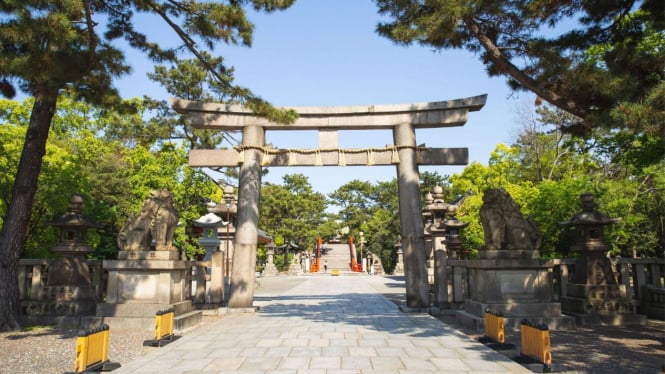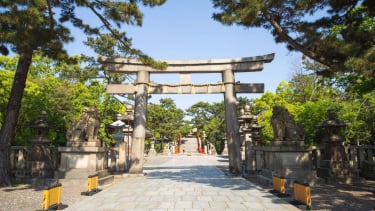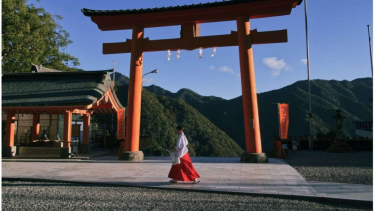Facts about Shinto Religion in Japan, Nature and God Become One
- Pexels
VIVA – Japan is a home to many religions. In Japan, known as Shinto, Shinto is one of the religions or beliefs held by the Japanese people.
The word Shinto that literally means "our way" (usually holy or divine powers, specifically various gods or deities), started to be used to distinguish the original Japanese beliefs from Buddhism, which had been introduced to Japan in the 6th century AD.
Shinto, is used to refer to various religious myths, beliefs, and rituals originating in Japan that have belief in God or spirits.
Here are interesting facts about Shinto in Japan:
1. Shintoism or Shinto is a Japanese Religion
Kuil Shinto di Jepang.
- Pexels
Shintoism was born in Japan, from folk beliefs and nature worship in small villages in Japan. It gradually grew throughout Japan and was institutionalized as a religion called Shintoism.
2. In Shintoism, Nature and God are Viewed as One
Jalan Antara Kuil Shinto
- Pexels
From ancient folk beliefs in small Japanese villages, various aspects of nature, and nature itself are worshiped and believed to be gods.
For example, the mountain itself would be worshiped as a god.
3. In Shintoism, Gods are Close and Intimate Beings
Plakat EMA dalam kuil Shinto
- unsplash.com
The god of the Shinto religion in Japan is considered the protector of the people.
They give life tips or help them a little in life with the brutal forces of nature. There are some gods who cause chaos, but most of the gods are peaceful.
4. Ujigami is a Famous God in Shinto
Shinto
- Tangkapan Layar
Ujigami is God worshiped by people who live in certain areas. By worshiping this god, people prayed for the god to guard the region.
The worship of Ujigami is seen throughout Japan. A well-known example of Ujigami worship is Itsukushima Shrine in Hiroshima, shown in the image above.
5. There is No Clear Founder of Shintoism
Tokyo, Jepang
- jw-webmagazine.com
In Christianity, there is Jesus Christ. In the Shinto religion of Japan, there is no prophet, or founder. In contrast, from the Nara period, Shintoism was reconstructed with Buddhism as one religion.
This situation changed in the Meiji period, when they combined emperor worship with Shintoism.
This Shintoism is called Kokka Shintoism. When World War II ended, Kokka's Shintoism faded away. Today, we have Shintoism that takes place in temples, which is called Jinja Shintoism.
6. The Ritual of Saishi in Shintoism, a Way to Connect Humans and Gods
There are 11 types of Saishi that are practiced in the Shinto religion in Japan. By performing this ritual, people show their devotion to the gods and receive guardianship or prosperity in return. This saishi is also called Omatsuri.



































